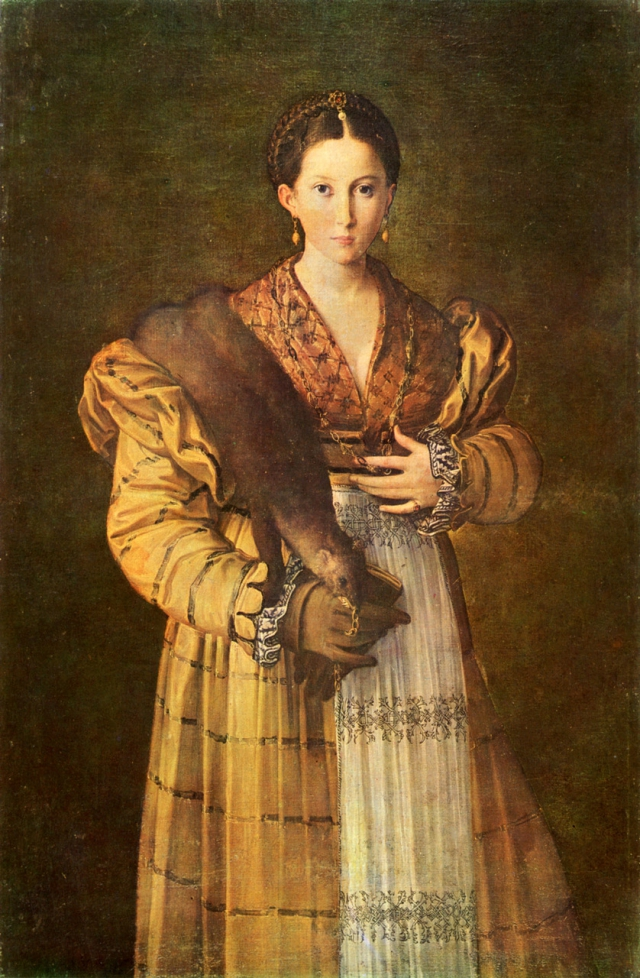Color in history
People from time immemorial tried to designate themselves in any color. At first they put paint on the skin, and as soon as they learned how to sew clothes, they immediately began painting it.
Throughout history, the color palette of clothes become richer, and its use is wider. At a time when battles took place in close combat, no one tried to disguise, on the contrary, the bright color of clothing helped to distinguish one soldier from another, gave an information about position in the military hierarchy. The semantics of color changed depending on the epoch, political, ideological and religious which dominate in the society from time to time.
Brown is the privilege of the peasants and slaves. During antiquity and the Middle Ages, gray and brown were the privileges of peasants and slaves. For centuries, this color meant simplicity and modest. This color choice was explained very simply: brown is the color of unpainted wool or unbleached flax - the simplest and cheapest materials.
White — intellectuals and aristocracy. White began to prevail in the clothes of aristocrats during the times of antiquity. Thus, the nobility emphasized their exclusivity against the background of dirty slaves. After all, if a person wears a white outfit — he is clearly not a fan of physical labor.
Black, red, gold. The Cardinal, the second spiritual leader after the Pope in the Catholic Church, is constantly dressed in red. The red symbolizes the cardinal's readiness to protect the faith and the church with his own blood. It sounds nice, but in fact, Mozetta (this is the name of the cardinal's cape) is a kind of identity card, represents the hierarchical dignity of the person who carries it. The most popular color of both the Catholic and the Orthodox Church is black. Priests wear black clothing both during worship and in everyday life. The nobles also often dressed in this color, thereby demonstrating reliability. And in the days of the Spanish Inquisition, such a precaution was not superfluous. With the advent of the Baroque style, gold came into church fashion as a symbol of power.
Yellow is the color of favorites. Throughout history, there were combinations of colors for the elected. One of these colors is considered to be the “surprise of the dauphin” (the color of children's surprise). This dirty yellow color was popular among Louis XIV epoch.
Color symbolism is not always amenable to logical explanation. Often preference to a particular color is determined by convention, the roots of some of them have long been lost. Fortunately, today removed all the semantic restrictions, and the choice of colors of the clothes no longer matter.



